Home>Garden Essentials>How To Grow Cactus From Seed


Garden Essentials
How To Grow Cactus From Seed
Modified: August 16, 2024
Learn how to grow cactus from seed in your garden with these easy-to-follow tips and techniques. Start your own cactus garden today!
(Many of the links in this article redirect to a specific reviewed product. Your purchase of these products through affiliate links helps to generate commission for Storables.com, at no extra cost. Learn more)
Introduction
Welcome to the fascinating world of cacti! If you’ve ever wanted to grow your own cacti from seed, you’ve come to the right place. In this guide, we will take you through the step-by-step process of growing cacti from seed, from collecting the seeds to caring for the seedlings.
Cacti are often admired for their unique and captivating beauty. With their distinct shapes and spiky exteriors, they can add a touch of exotic flair to any garden or indoor space. Growing cacti from seed is not only a rewarding experience, but it also allows you to witness the entire life cycle of these remarkable plants.
Before we dive into the process, it’s important to note that growing cacti from seed requires patience and attention to detail. While it may take some time for the seeds to germinate and the seedlings to grow, the end result is well worth the effort.
Are you ready to embark on this cactus-growing adventure? Let’s get started!
Key Takeaways:
- Growing cacti from seed is a rewarding journey that requires patience and attention to detail. From collecting the seeds to caring for the seedlings, each step is crucial for nurturing these unique plants.
- Providing optimal growing conditions, such as proper soil, light, and watering, is essential for the long-term health and beauty of cacti. Understanding the specific needs of each cactus species is key to successful cultivation.
Read more: How To Grow Barrel Cactus From Seed
Step 1: Collecting Cactus Seeds
The first step in growing cacti from seed is to collect the seeds themselves. Cactus seeds can be found in the fruits or flowers of mature cactus plants. Here’s how you can collect cactus seeds:
- Choose a healthy and mature cactus plant: Look for a cactus that is in good condition, with vibrant and healthy-looking flowers or fruits. This ensures that the seeds will be of good quality.
- Observe the cactus plant: Keep an eye out for flowers or fruits that have started to dry out. Cacti typically produce fruits or flowers that eventually wither and dry up, revealing the seeds inside. These are the ones you want to collect.
- Use clean and sterilized tools: Before collecting the seeds, make sure to clean and sterilize your tools to prevent any contamination. You can use a pair of tweezers or small scissors to carefully remove the seeds.
- Collect the seeds: Gently pluck the dried flowers or fruits and collect the seeds in a clean container. Some cacti produce seeds with a fluffy or cotton-like coat, while others have smooth and shiny seeds. Make sure to separate and label the seeds according to their respective cactus species.
- Allow the seeds to dry: Once you have collected the seeds, place them in a well-ventilated area and allow them to dry for a few days. This helps remove any excess moisture and prepares them for the next step in the growing process.
Remember to handle the seeds with care, as they are delicate and can easily be damaged. Now that you have collected the cactus seeds, you’re ready to move on to the next step: preparing the planting medium.
Step 2: Preparing the Planting Medium
Creating the right planting medium is crucial for the successful growth of your cactus seedlings. The planting medium provides the necessary nutrients and support for the seeds to germinate and develop into healthy plants. Here’s how you can prepare the ideal planting medium for your cactus seeds:
- Choose a well-draining soil mix: Cacti prefer soil that is well-draining and sandy. You can either purchase a pre-made cactus soil mix or create your own by combining regular potting soil with coarse sand or perlite. This ensures good drainage and prevents waterlogged soil, which can lead to root rot.
- Optional: Add inorganic materials for extra drainage: To further enhance the drainage capabilities of the soil mix, you can incorporate inorganic materials such as pumice or small gravel. These materials help prevent the soil from becoming compacted, allowing the cactus roots to breathe.
- Sterilize the soil: To minimize the risk of pests and diseases, it’s recommended to sterilize the soil before using it. This can be done by heating the soil in an oven at a temperature of around 180°F (82°C) for about 30 minutes. Allow the soil to cool before using it for planting.
- Fill the planting containers: Choose small and shallow containers with drainage holes to plant the cactus seeds. Fill the containers with the prepared soil mix, leaving some space at the top for watering.
- Moisten the soil: Before sowing the cactus seeds, lightly moisten the soil in the planting containers. Ensure the soil is evenly damp, but not soaking wet, as excess moisture can lead to fungal problems.
By selecting a well-draining soil mix and providing the correct moisture levels, you’re setting the foundation for healthy seed germination and root development. With the planting medium prepared, it’s time to move on to the next step: sowing the cactus seeds.
Step 3: Sowing the Cactus Seeds
Now that you have the planting medium ready, it’s time to sow the cactus seeds. Sowing the seeds properly will increase the chances of successful germination and give the seedlings the best start in life. Follow these steps to sow your cactus seeds:
- Select the right time to sow: Determine the appropriate time to sow the cactus seeds based on the specific species or variety you are growing. Some cacti prefer to be sown in the spring, while others may be better suited for a fall sowing.
- Prepare the planting containers: Take the containers filled with the moistened soil mix and make small indentations in the soil with your finger or a pen. The indentations should be deep enough to hold the seeds but not bury them too deeply.
- Sow the seeds: Carefully place the cactus seeds in the indentations, spacing them out evenly. Depending on the size of the seeds, you may need to use tweezers or a small spoon to handle them. Aim for about an inch of spacing between each seed to give them room to grow.
- Cover the seeds lightly: Gently sprinkle a thin layer of the planting medium or fine sand over the seeds to cover them. The layer should be about 1/8 to 1/4 inch thick. This helps anchor the seeds and protect them while still allowing light to reach them.
- Mist the soil surface: Use a spray bottle filled with water to moisten the surface of the soil. Avoid using a watering can or a heavy stream of water, as this may displace the seeds or compact the soil.
- Label the containers: To keep track of the different cactus species or varieties, it’s important to label each container with the corresponding information. This will help you identify the seedlings as they grow and ensure proper care and maintenance.
After sowing the seeds, place the containers in a warm and well-lit location, such as a sunny windowsill or under grow lights. The next step is to provide optimal growing conditions to promote germination and healthy growth of the cactus seedlings, which we will explore in step 4.
Step 4: Providing Optimal Growing Conditions
To ensure the successful growth of your cactus seedlings, it’s essential to provide them with optimal growing conditions. Creating an environment that mimics their natural habitat will encourage healthy development. Follow these steps to provide the best conditions for your cactus seedlings:
- Temperature: Cacti generally prefer warm temperatures for germination and growth. Aim to keep the temperature between 70°F (21°C) and 80°F (27°C) during the day and slightly cooler at night. Avoid exposing the seedlings to extreme temperature fluctuations.
- Light: Cacti thrive in bright light, so place the containers in a spot where they can receive ample sunlight or under grow lights. Provide at least 8-10 hours of bright light each day to promote healthy photosynthesis. Rotate the containers regularly to ensure even light distribution.
- Humidity: Most cacti prefer low humidity environments. Be cautious of excessively high humidity levels, as they can promote fungal growth. If the seedlings are kept indoors, ensure good air circulation, or use a small fan to prevent stagnant air and reduce humidity.
- Watering: Water the cactus seedlings with care to avoid overwatering. Wait until the soil has completely dried out between waterings, then water thoroughly, ensuring excess water drains out of the container. Remember, cacti are adapted to arid conditions and are susceptible to root rot in waterlogged soil.
- Fertilization: Avoid fertilizing cactus seedlings until they have established a strong root system, usually after a few months. When the time comes, use a well-balanced cactus fertilizer diluted to half strength. Apply the fertilizer sparingly, following the instructions on the packaging.
- Pest and disease control: Keep a close eye on your cactus seedlings for any signs of pests or diseases. Common issues include mealybugs, scale insects, and fungal infections. If detected, address the problem promptly using organic pest control methods or appropriate treatments.
By providing the right temperature, light, humidity, and watering regimen, you are creating a favorable environment for your cactus seedlings to thrive. Continue to monitor their growth and make adjustments as needed. In the next step, we will discuss how to care for the cactus seedlings as they continue to develop.
Make sure to use well-draining soil and keep the seeds warm and moist. It’s also important to provide plenty of sunlight for the seedlings to grow.
Read more: How To Start Cactus Seeds
Step 5: Caring for Cactus Seedlings
As your cactus seedlings continue to grow, they require proper care to ensure their health and vitality. Here are some crucial steps to follow when caring for your cactus seedlings:
- Watering: Avoid overwatering your cactus seedlings. It’s best to water them sparingly but deeply when the top inch of the soil feels dry. Allow the water to fully drain from the container to prevent waterlogged soil.
- Light: Ensure your cactus seedlings receive sufficient light. If you are growing them indoors, place them near a south-facing window or provide them with 10-12 hours of artificial light daily. Monitor the seedlings for signs of etiolation or stretching, which indicates insufficient light, and adjust accordingly.
- Temperature: Maintain a consistent temperature range for your cactus seedlings. They generally prefer temperatures between 70°F (21°C) and 80°F (27°C) during the day and slightly cooler temperatures at night. Avoid exposing them to drafts or extreme temperature variations.
- Transplanting: As the cactus seedlings grow, you may need to transplant them into larger containers to accommodate their expanding root systems. Be gentle when handling the seedlings, taking care not to damage their delicate roots. Use a well-draining potting mix suitable for cacti.
- Spacing: If you have multiple cactus seedlings in a single container, ensure they have enough space to grow without overcrowding each other. Overcrowding can lead to competition for resources and hinder their development. Transplant individual seedlings into separate containers if necessary.
- Protection from pests: Regularly inspect your cactus seedlings for signs of pests such as mealybugs or scales. If you notice any infestations, treat them promptly using organic pest control methods or targeted insecticides. Quarantine any infected plants to prevent the spread of pests to other seedlings.
- Pruning: Occasionally, you may need to trim away any dead or damaged parts of the cactus seedlings. Use clean and sterilized pruning shears to make precise cuts. Pruning helps maintain the overall health and appearance of the plants.
By providing appropriate care, you can support the growth and development of your cactus seedlings, ensuring they become strong and resilient plants. With proper care in place, it’s time to move on to the next step: transplanting the cactus seedlings into their permanent homes.
Step 6: Transplanting Cactus Seedlings
As your cactus seedlings grow and develop, they will eventually outgrow their initial planting containers. It’s essential to transplant them into larger pots or their permanent outdoor locations. Follow these steps to successfully transplant your cactus seedlings:
- Choose the right timing: Plan the transplanting process when the cactus seedlings are actively growing, preferably during the warmer months. Avoid transplanting during periods of extreme heat or cold.
- Select the appropriate container: Choose a pot that is slightly larger than the current one, with drainage holes at the bottom. Ensure the new container is clean and sterilized to prevent any potential infections.
- Prepare the new potting mix: Use a well-draining cactus soil mix for the new container. Avoid using regular potting soil, as it may retain too much moisture and lead to root rot. Mix in some sand or perlite for extra drainage.
- Carefully remove the seedling from its current container: Gently turn the container upside down and tap the bottom to loosen the soil. Slowly and carefully lift the seedling out, supporting the base of the plant, and gently untangle any roots that may have grown together.
- Plant the seedling in the new container: Place the seedling in the center of the new pot, making sure it is upright. Add the new potting mix around the seedling, filling the space between the roots, but avoid burying the stem too deeply. Gently press the soil to secure the seedling in place.
- Water lightly after transplanting: Give the seedling a small amount of water after transplanting to settle the soil around the roots. Avoid overwatering, as the seedling may still be adjusting to its new environment.
- Place in an appropriate location: Find a spot that provides adequate sunlight for your cactus seedling. Depending on the specific species, some cacti prefer full sun, while others may tolerate partial shade.
- Monitor and adjust care: Keep a close eye on the transplanted seedling and adjust watering and light conditions as needed. Avoid fertilizing immediately after transplanting to allow the seedling to acclimate to its new surroundings.
Transplanting cactus seedlings allows them to continue growing and thriving in larger containers or their permanent outdoor location. With proper transplantation techniques, you are setting the stage for long-term growth and enjoyment of your cacti.
Step 7: Continued Care and Maintenance
Even after transplanting your cactus seedlings, their care and maintenance should continue to ensure their long-term health and beauty. Follow these essential steps to provide ongoing care for your cacti:
- Watering: Cacti are drought-tolerant plants, so it’s crucial to avoid overwatering. Allow the soil to dry out between watering, and adjust the frequency based on the specific needs of your cactus species. Remember, it’s better to underwater than to overwater.
- Light: Cacti thrive in bright light conditions. Ensure your cacti receive ample sunlight, either by placing them in a sunny location or using artificial grow lights. Rotate the pots regularly to promote even growth and prevent leaning towards one side.
- Fertilization: Cacti generally require minimal fertilization. Feed them with a balanced cactus fertilizer once or twice a year during the growing season. Follow the instructions on the fertilizer package to avoid overfeeding, as excessive nutrients can harm the plants.
- Pest management: Monitor your cacti regularly for signs of pests such as mealybugs, scale insects, or spider mites. If any infestations are detected, treat them promptly using organic pest control methods or appropriate insecticides. Regularly inspect the plants to catch any problems early.
- Pruning and grooming: Remove any dead or damaged parts of the cacti using clean and sterilized pruning shears. Groom the plants by removing any accumulated debris or dust on their surface. This not only keeps them looking clean but also helps prevent pest infestations.
- Protection from extreme conditions: While cacti are generally resilient, they may need protection from extreme weather conditions. In cold climates, bring outdoor cacti indoors or provide temporary shelter during frost or freezing temperatures. Similarly, provide shade or protection from intense heat in hot climates.
- Learn about your specific cactus species: Different cactus species have their own unique care requirements. Take some time to research and learn about the specific needs of your cactus varieties. Understanding their growth habits, preferred temperatures, and watering preferences will help you provide the best care.
Continued care and maintenance will ensure that your cacti remain healthy, vibrant, and long-lasting. By following these steps and adapting your care routine based on the needs of your cacti, you will create an environment in which they can thrive for years to come.
Conclusion
Congratulations on successfully growing cacti from seed! By following the steps outlined in this guide, you have embarked on a rewarding journey into the world of cactus cultivation. From collecting the seeds to caring for the seedlings and transplanting them, you have developed the skills and knowledge necessary to nurture these fascinating plants.
Growing cacti from seed allows you to witness the full life cycle of these unique plants, from tiny seeds to magnificent specimens. As you continue to care for your cacti, remember to provide them with the optimal growing conditions they require. This includes providing adequate light, well-draining soil, and appropriate watering practices.
Be sure to monitor your cacti for any signs of pests or diseases, and take prompt action to address any issues that arise. Regular pruning, grooming, and fertilization will keep your cacti healthy and vibrant, showcasing their natural beauty in your home or garden.
Remember, each cactus species has its own specific care requirements, so take the time to learn about the needs of the cacti you are growing. This knowledge will help you provide tailored care and ensure the long-term success of your cactus garden.
Growing cacti from seed is not only a fulfilling and enjoyable experience, but it also allows you to add a touch of exotic splendor to your living space. With their striking forms and unique characteristics, cacti bring a sense of wonder and beauty to any garden or indoor display.
So, dive into the world of cactus cultivation, explore different varieties, and enjoy the rewards of nurturing these remarkable plants from seed. With a little patience, care, and attention, your cacti will flourish, becoming stunning additions to your botanical collection.
Frequently Asked Questions about How To Grow Cactus From Seed
Was this page helpful?
At Storables.com, we guarantee accurate and reliable information. Our content, validated by Expert Board Contributors, is crafted following stringent Editorial Policies. We're committed to providing you with well-researched, expert-backed insights for all your informational needs.
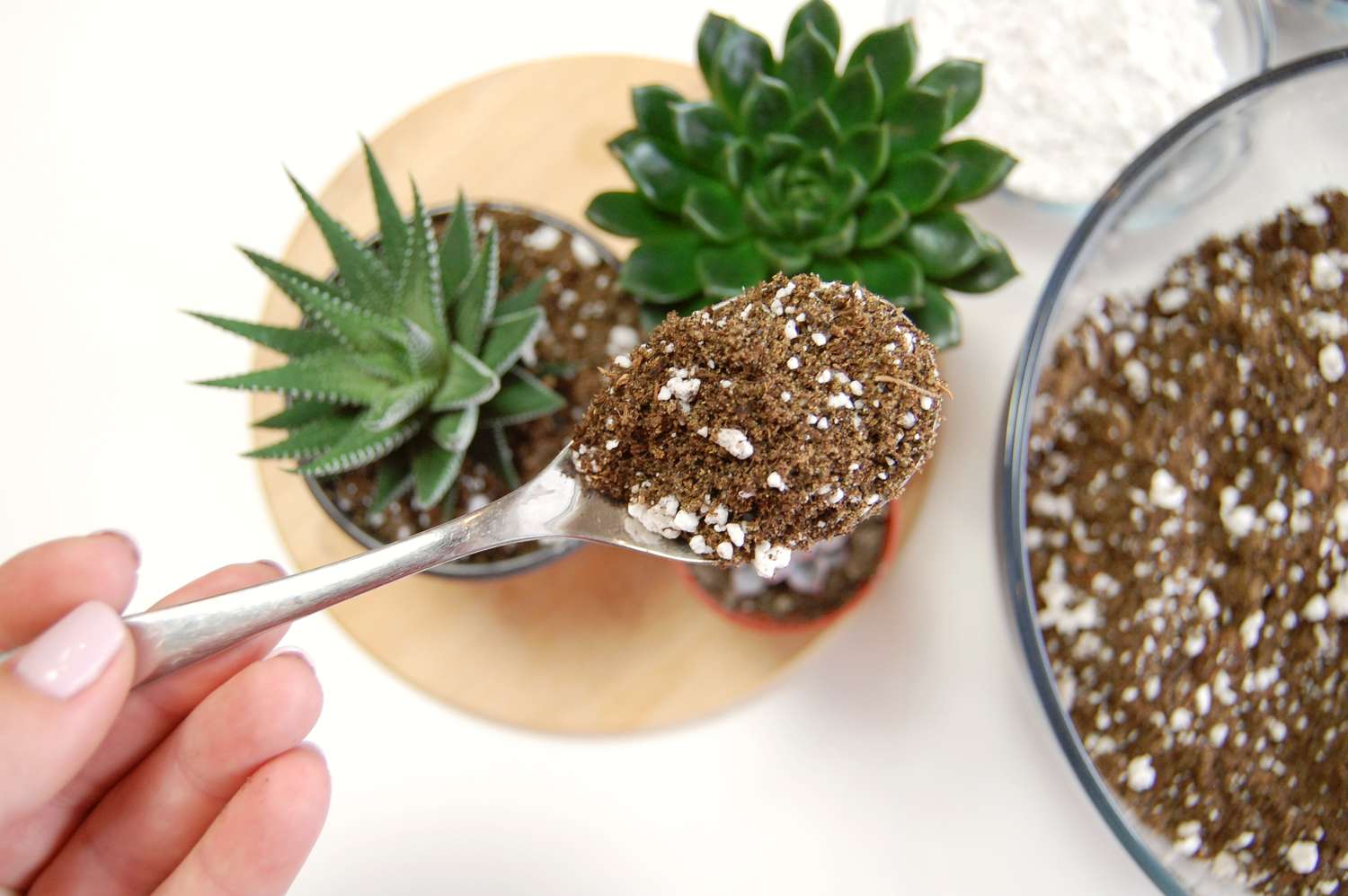
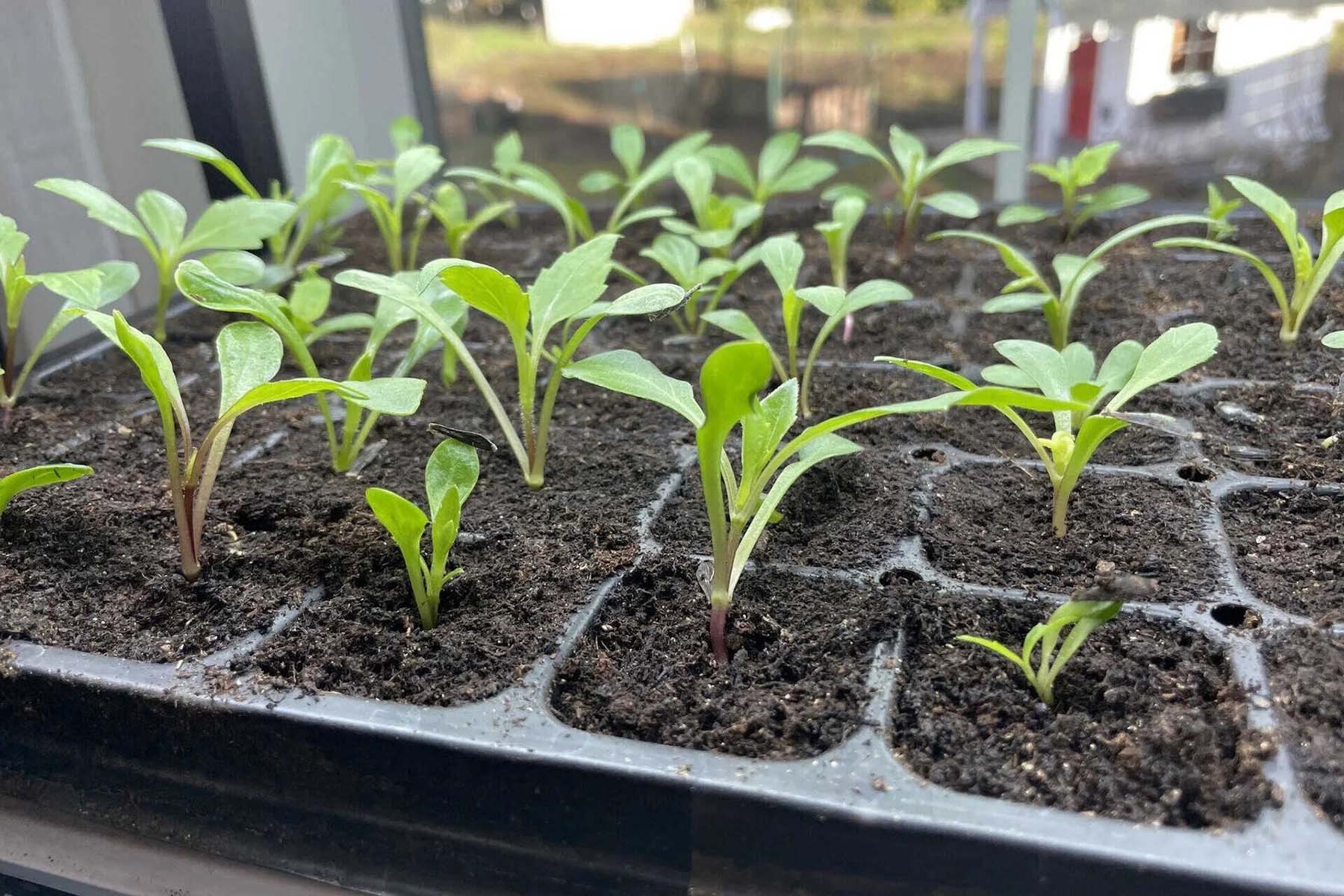
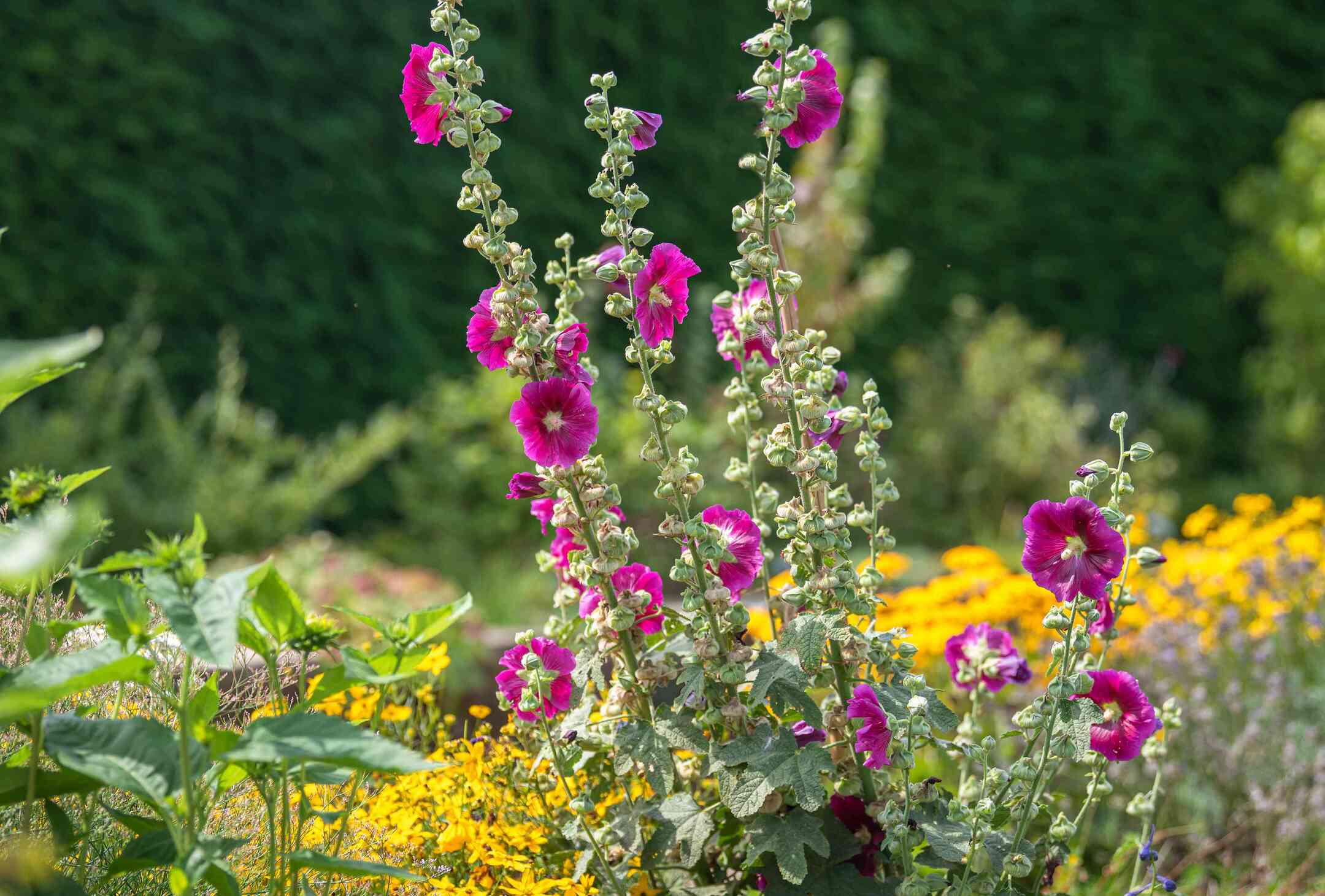
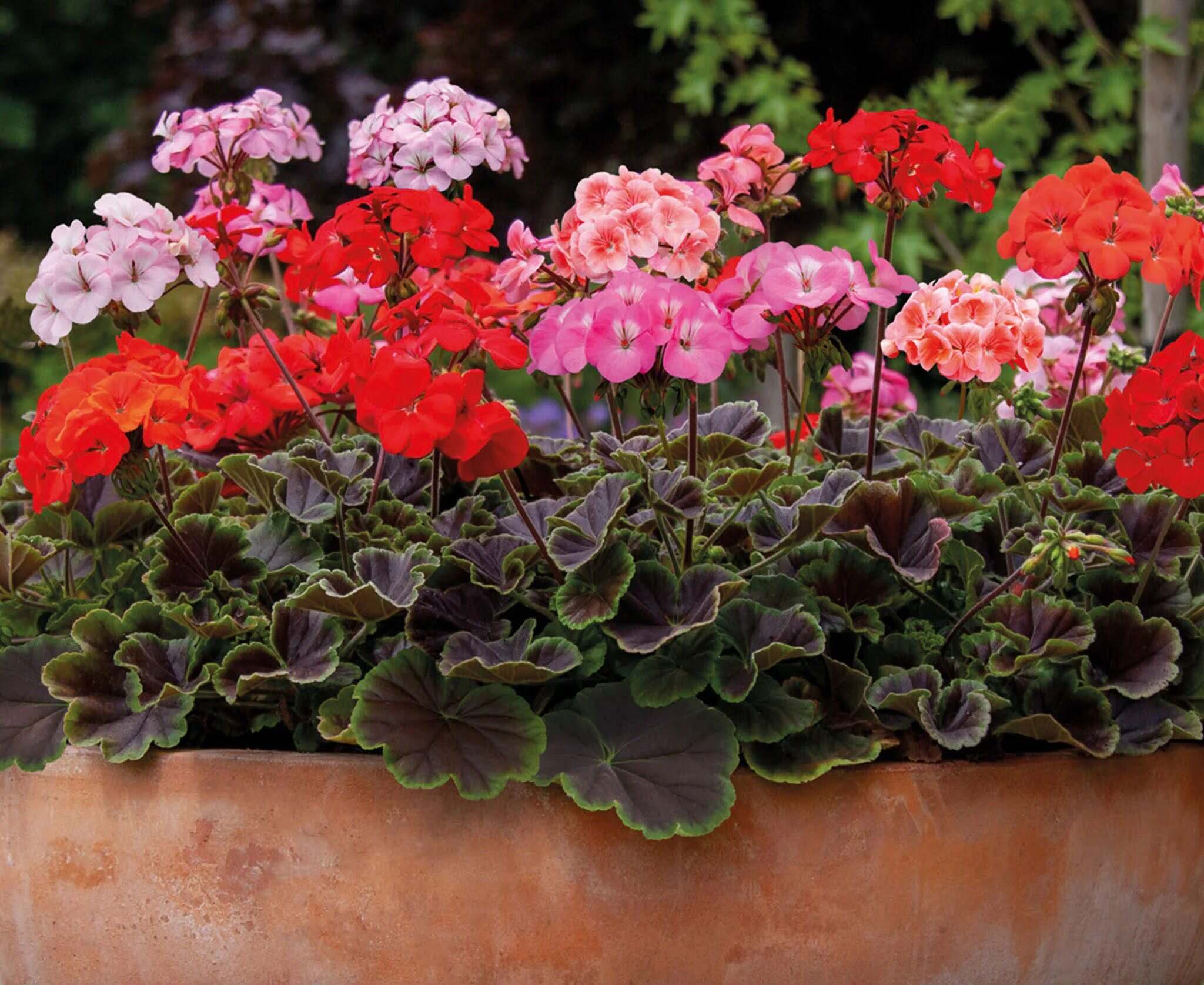
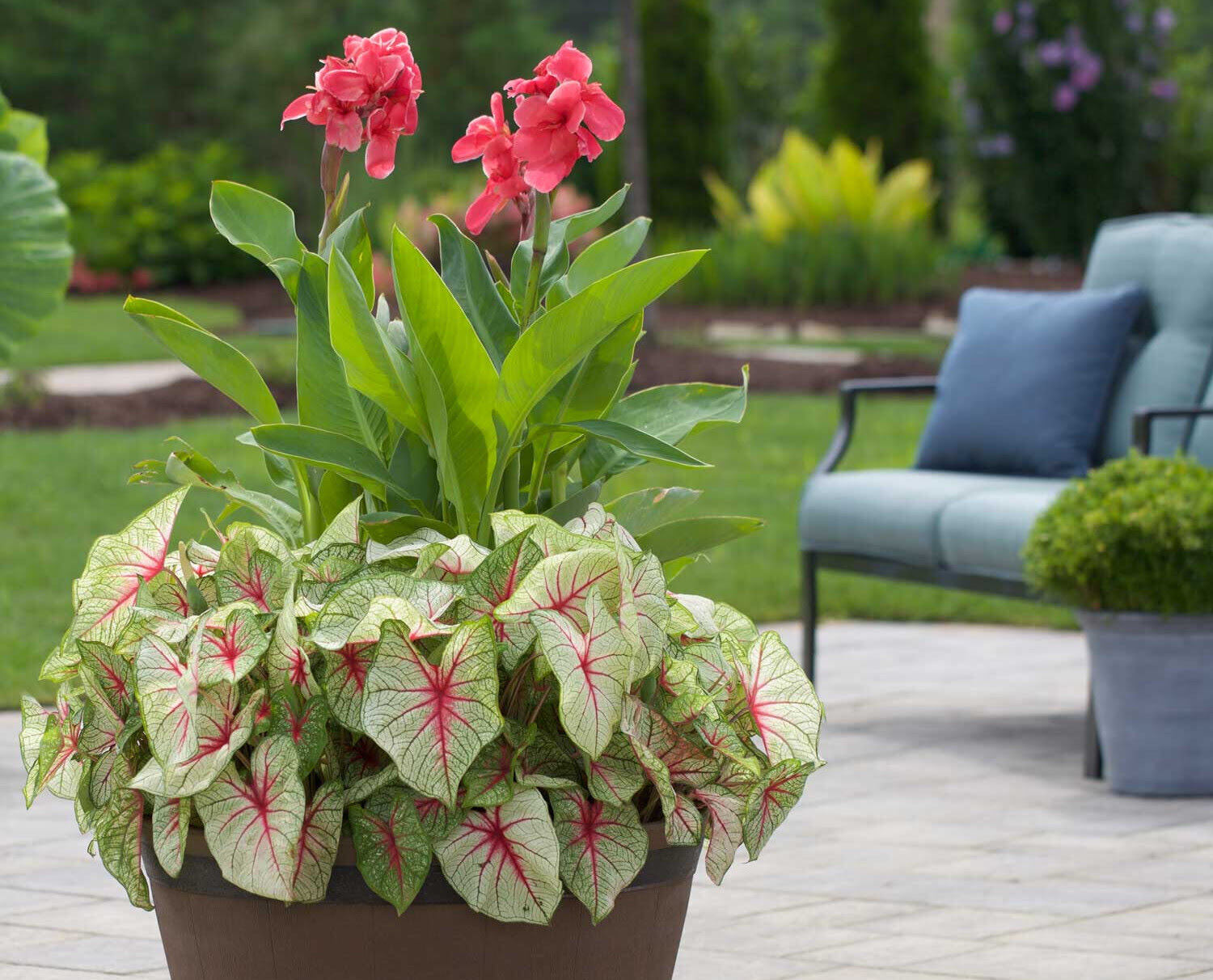
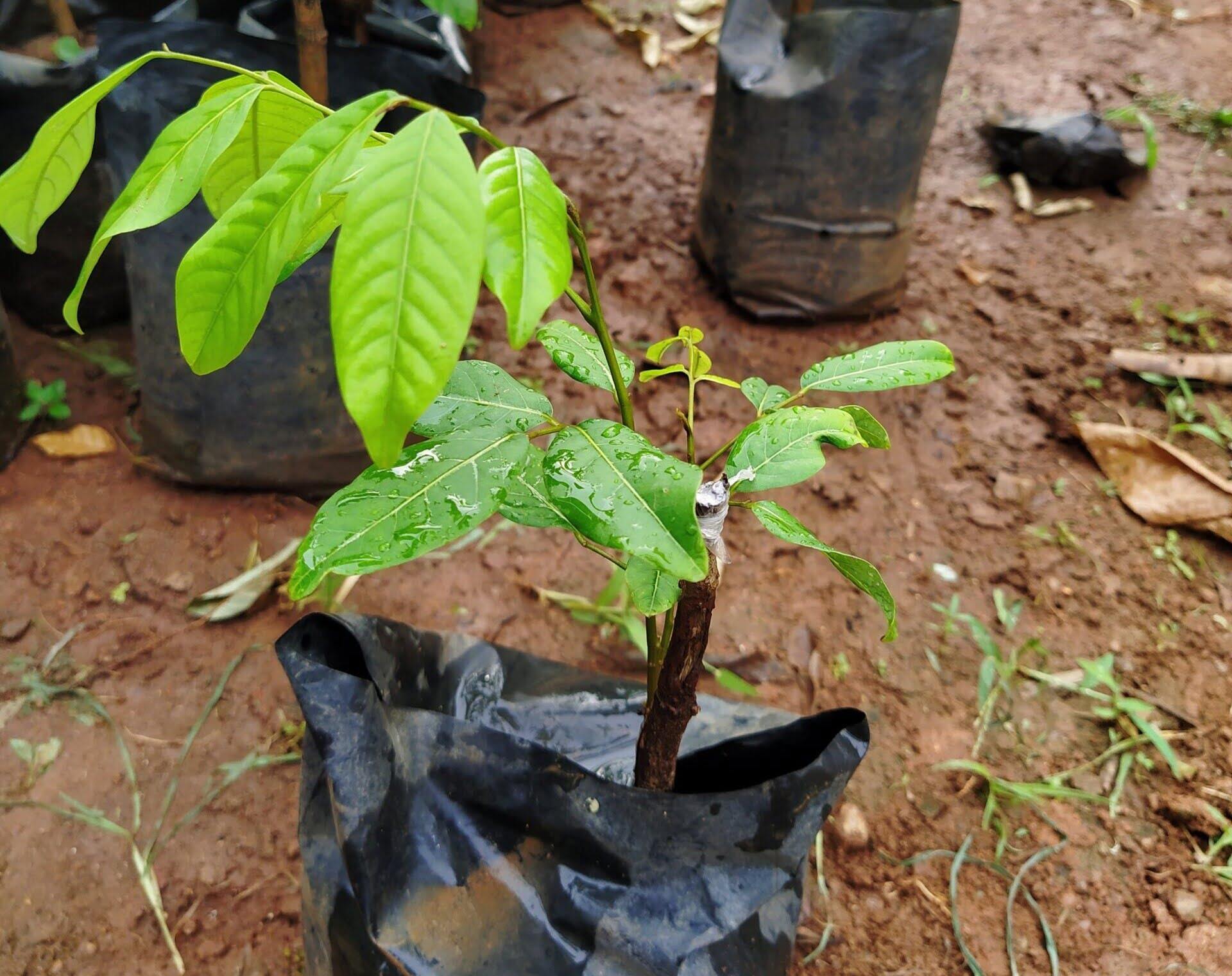
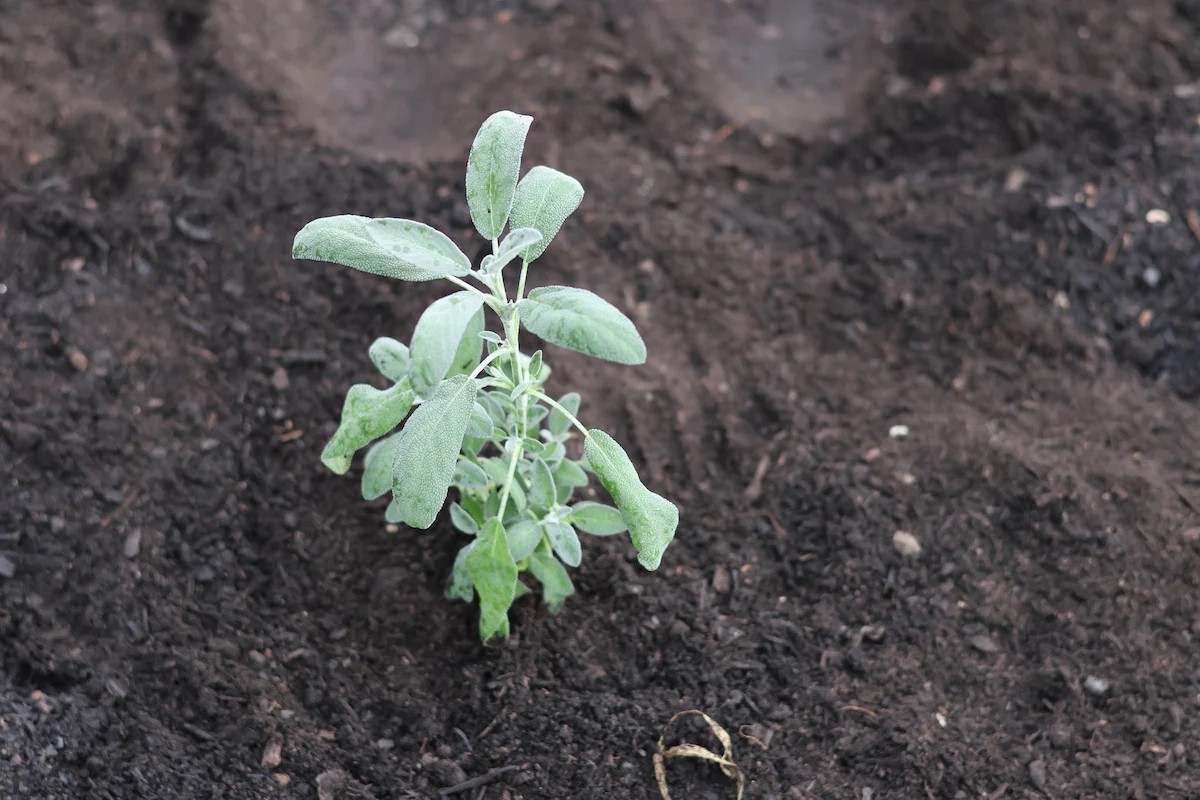
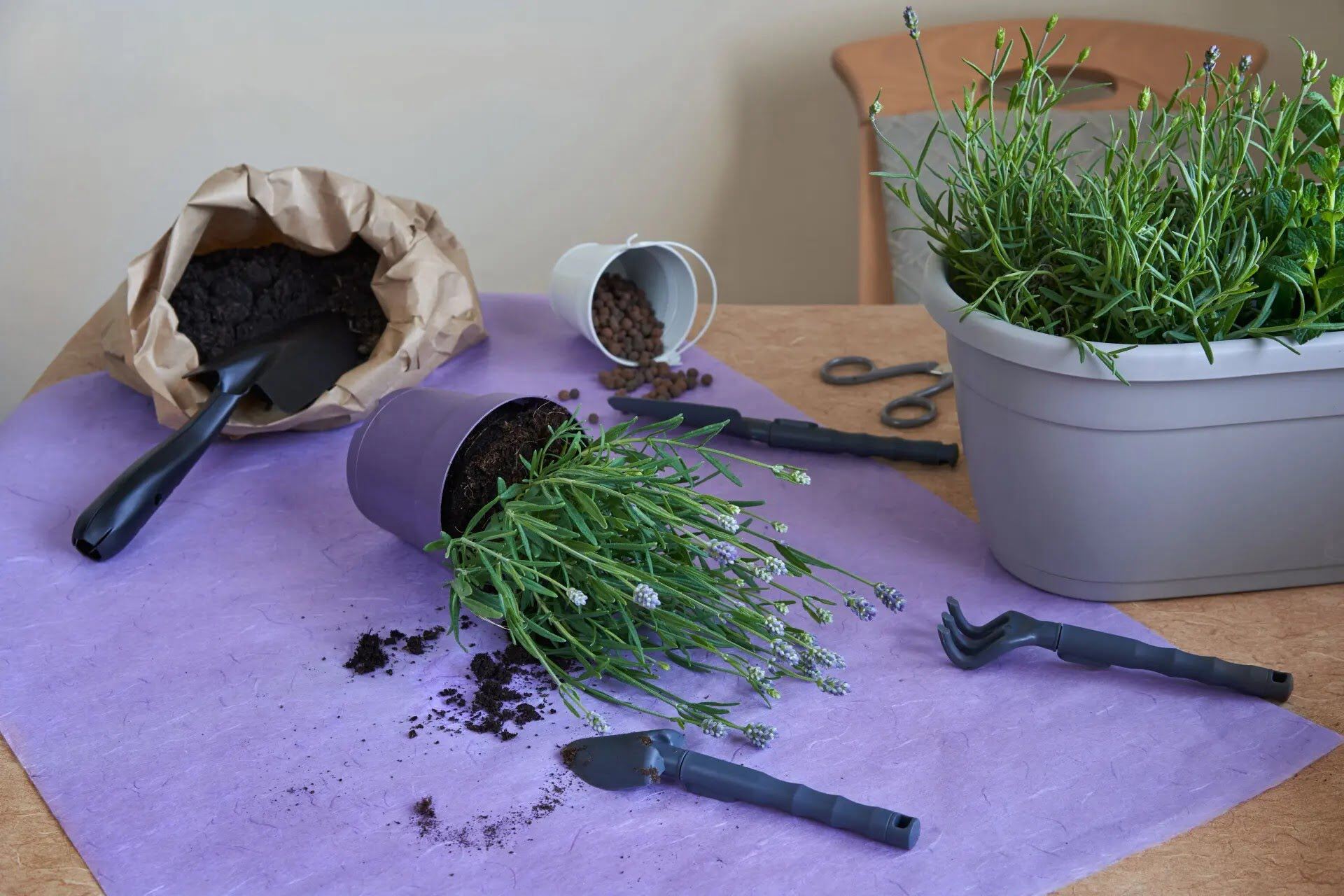
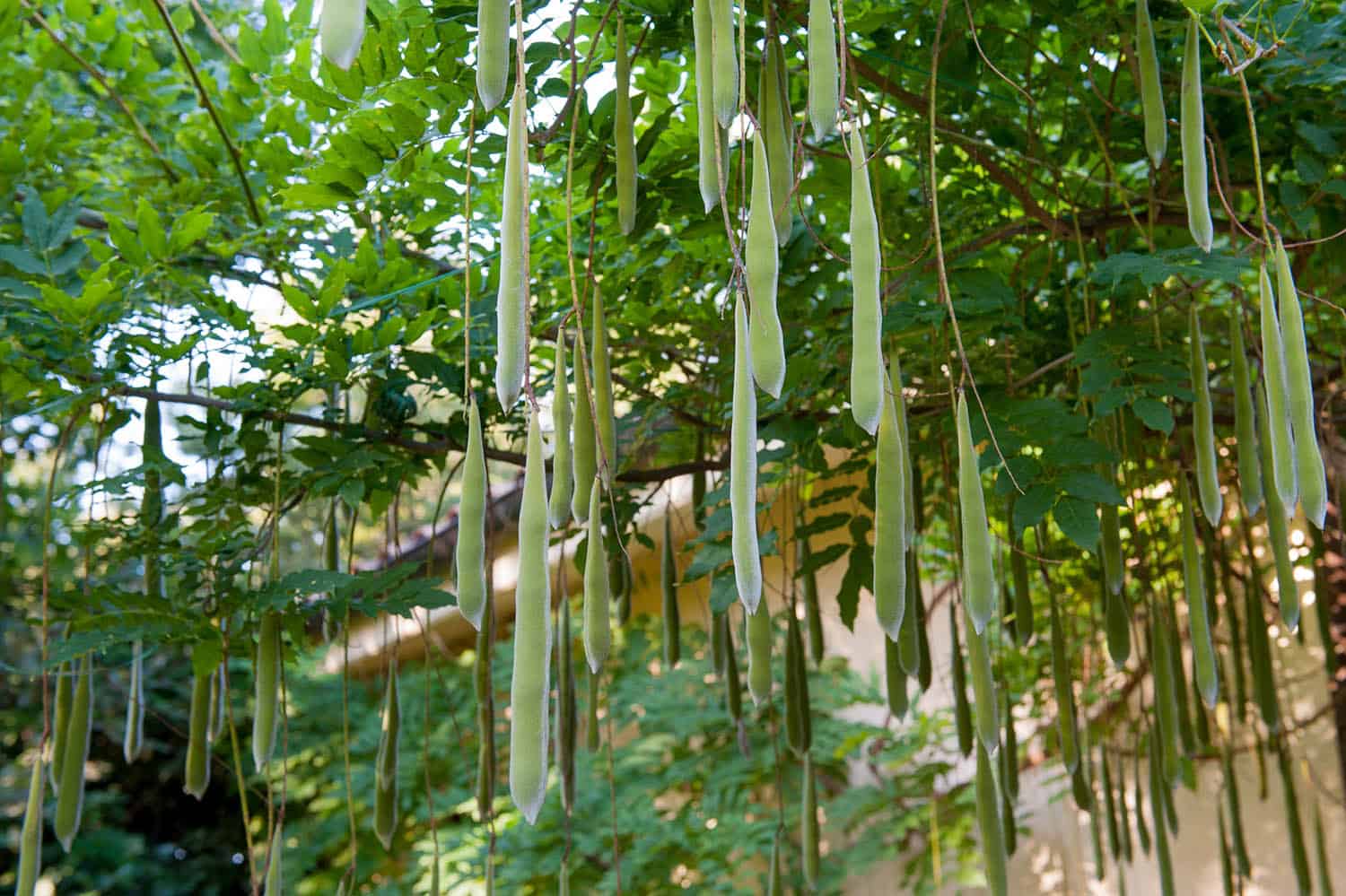
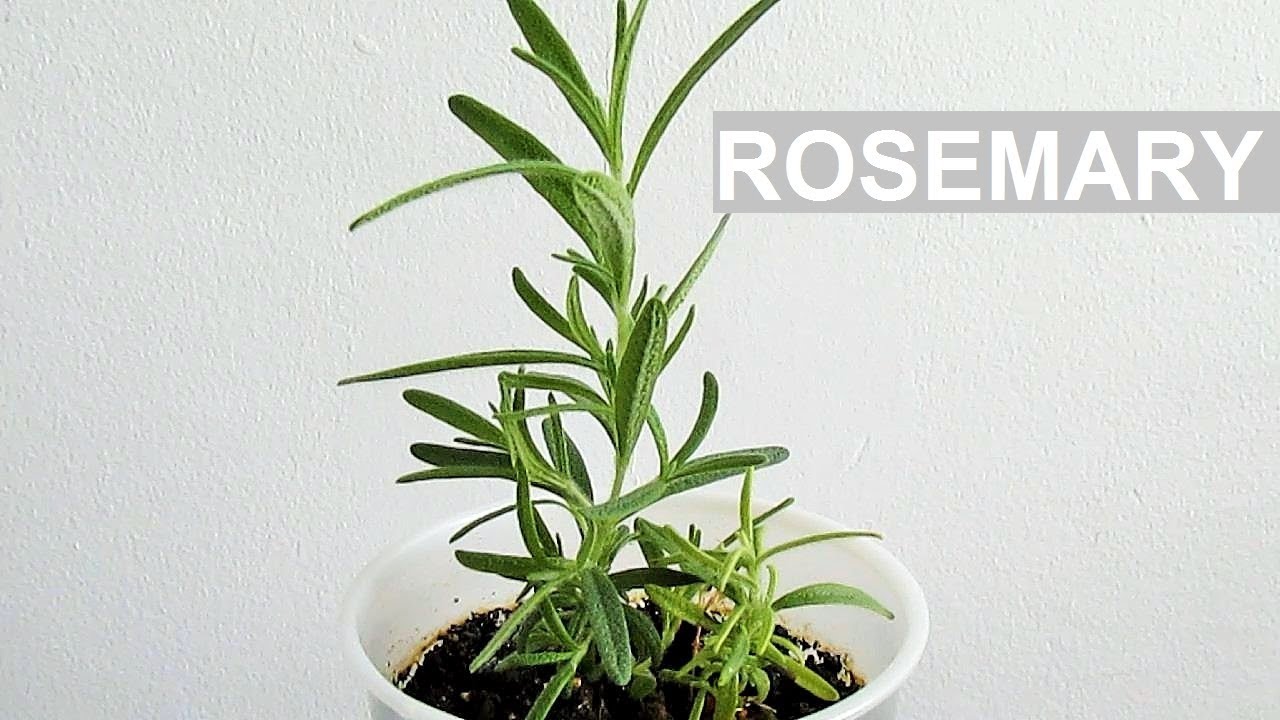
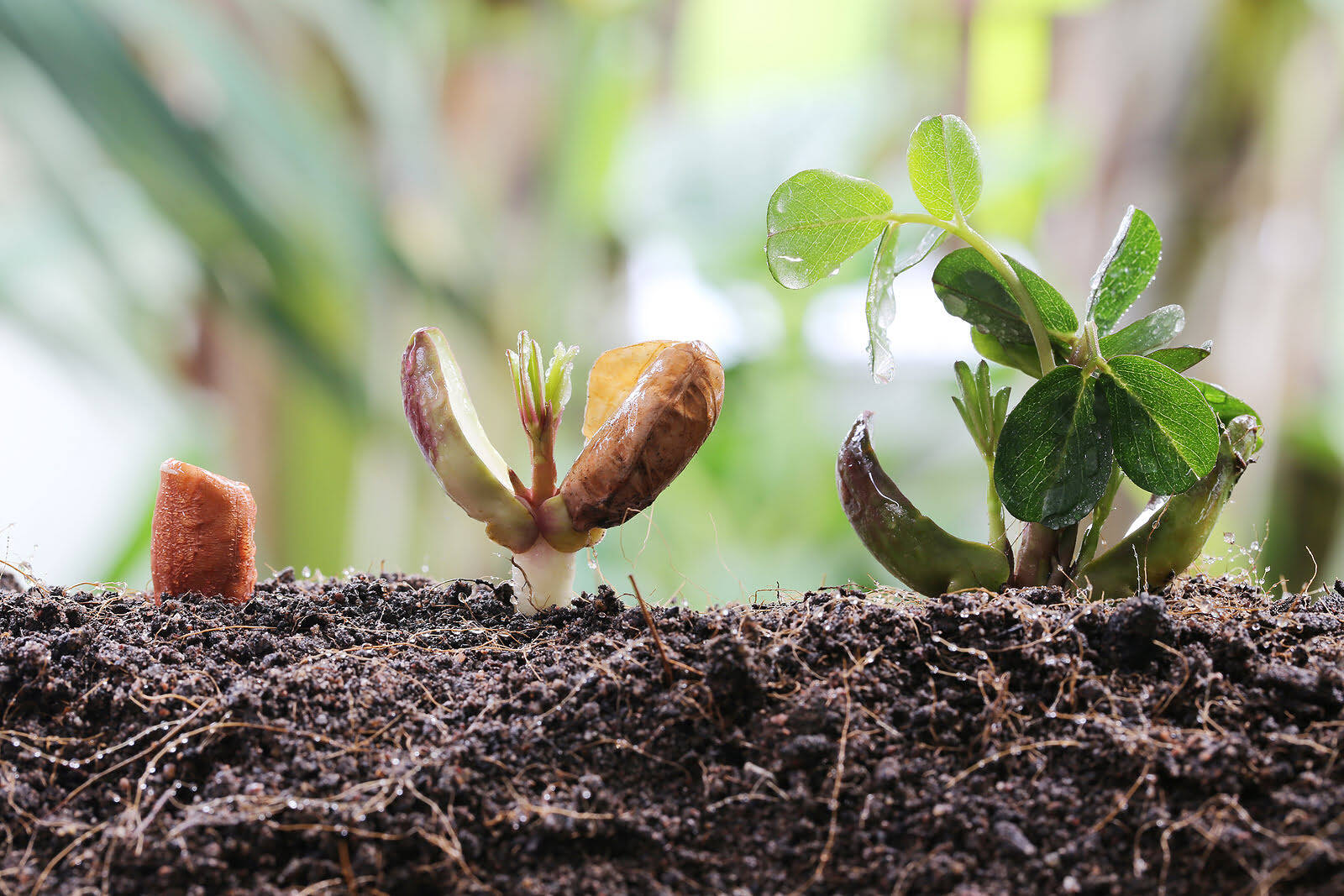
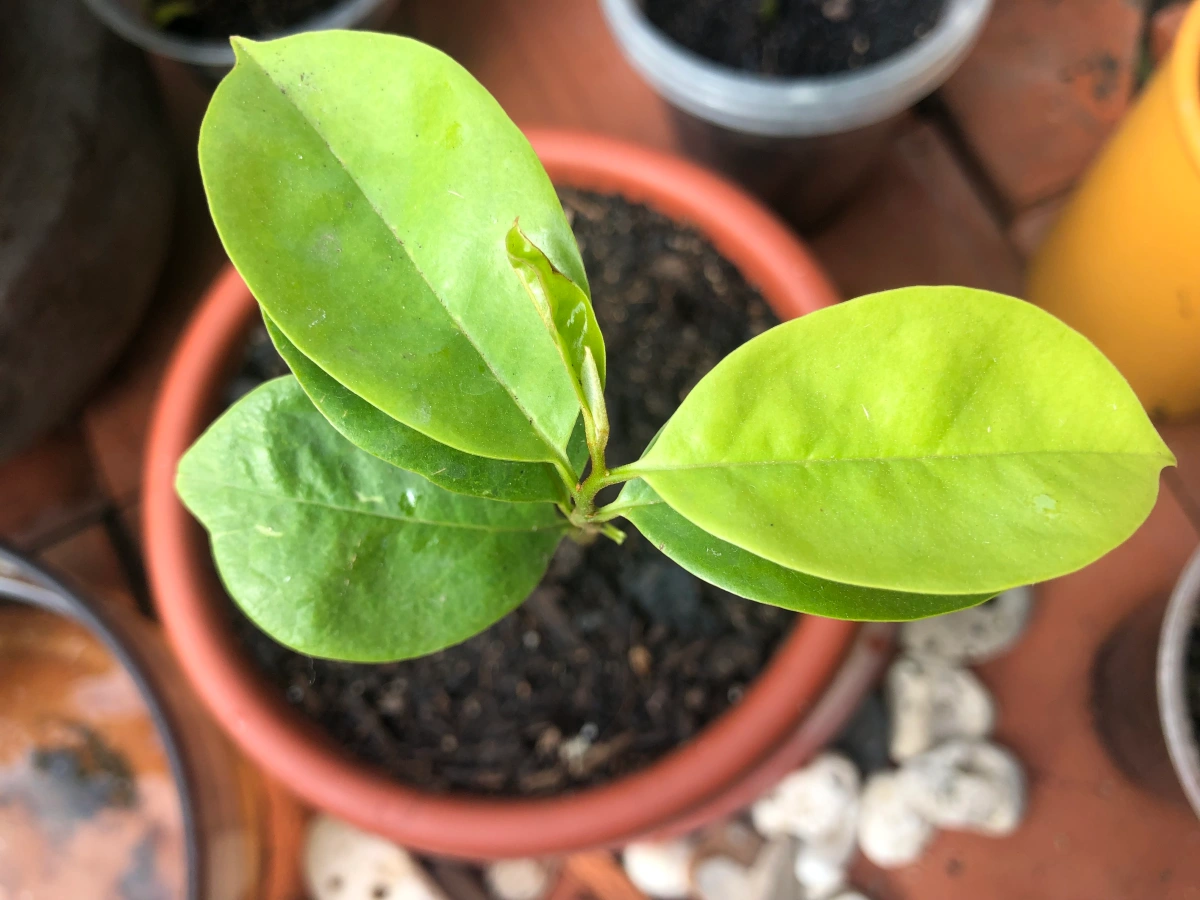
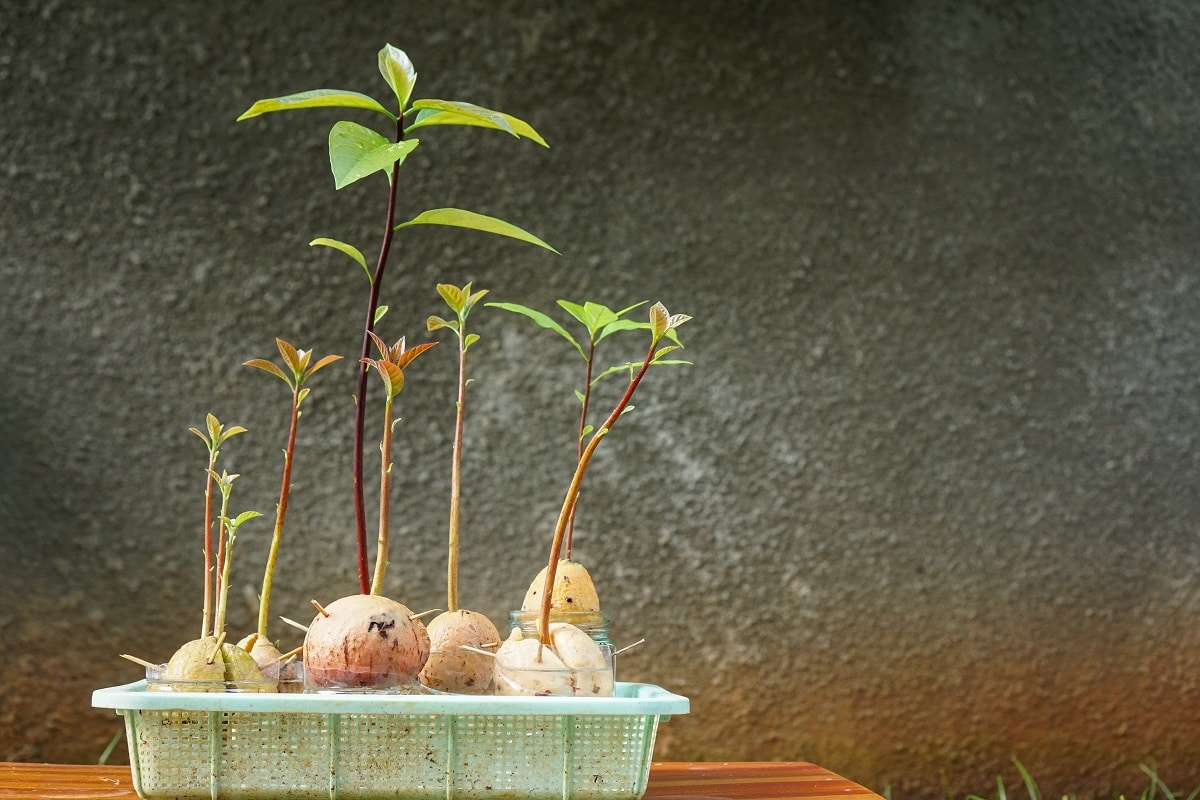


0 thoughts on “How To Grow Cactus From Seed”